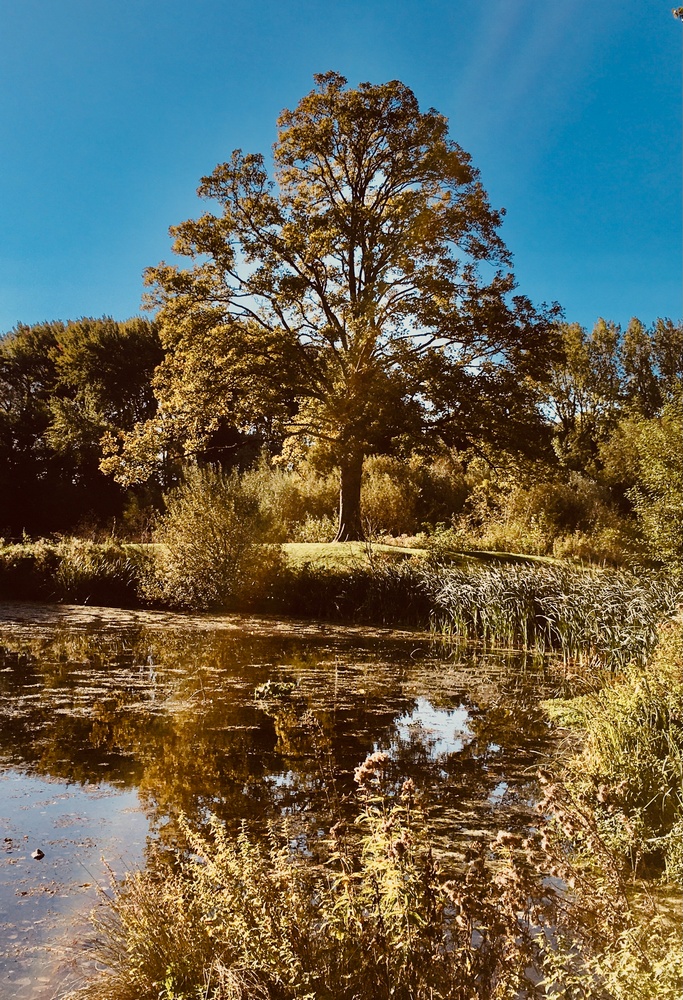The Magic of Autumn
With October, autumn comes to the park. The very dry summer has led to the leaves turning early and falling sooner. The colourful display is in full swing.
Amongst the veteran trees of the past, we have a number of grand examples at Lydiard including Horse Chestnut, Red Horse Chestnut, Lime, Sycamore, Beech and Yew. A few ancient oaks remains in the west and north of the park, where one of the alder trees is also a veteran approaching 100 years old. In the south of the park there are a number of beeches that vary between 75 and 225 years old! The leaves on all the deciduous trees turn a variety of brown, orange, red, yellow and gold as winter approaches. It makes for a stunning show, whilst in the hedgerows the berries flourish after a hot, dry summer.
October is a month to look out for mushrooms in the woods. If you come across a perfect circle of mushrooms growing on the forest floor or on grassland, you have found a “fairy ring.” The mushrooms grow out of the ground in a circle shape, and some are small in size while others can grow much bigger. According to the Woodland Trust “Fairy rings are caused by an individual fungus growing underground. The fungus sprouts lots of small threads, called mycelium, in a circular shape. A year later, the mushrooms pop up out of the ground at the edge of the circle, creating the fairy ring. The circle will start off small in size, getting bigger as it gets older.” There is a lot of folklore surrounding fairy rings and of course they are not the only mushrooms you may see – the woods also contain ceps, puffballs, chanterelles and many more. They are fun to find but never eat them if you are unsure what they may be as many varieties are poisonous.
